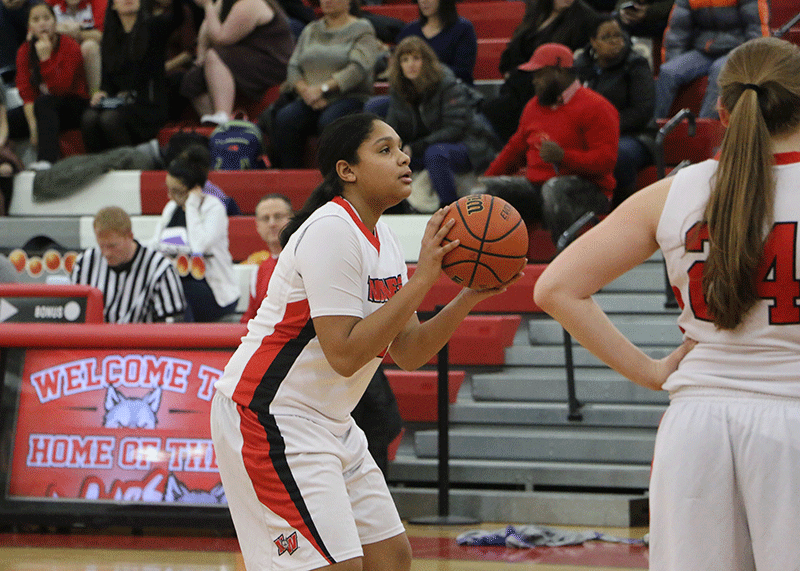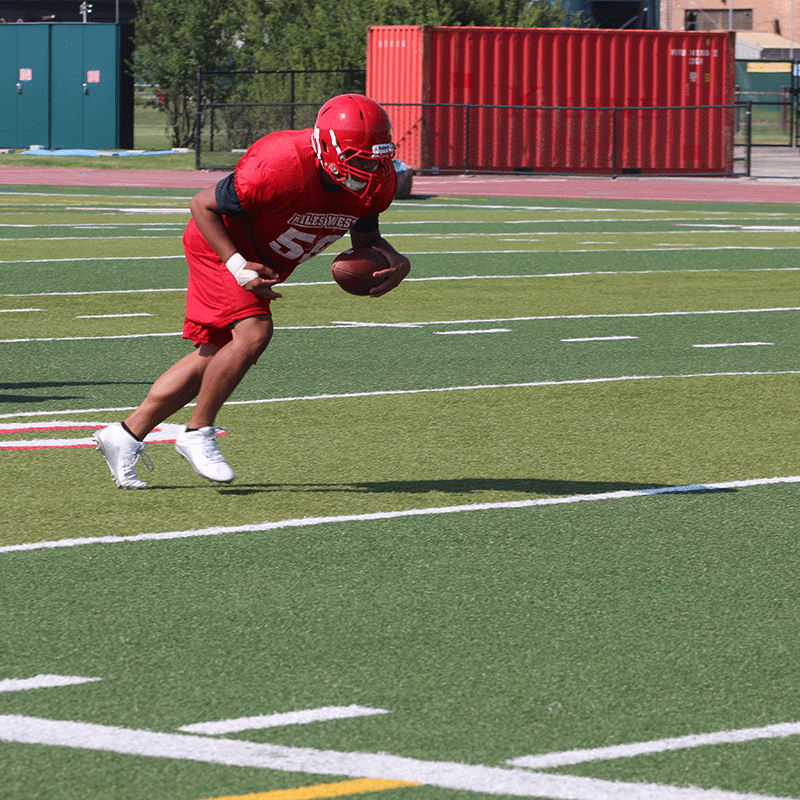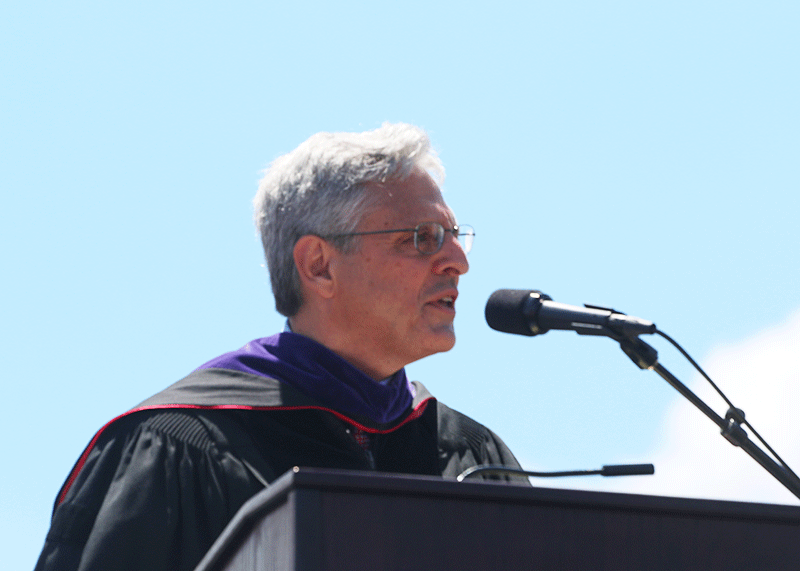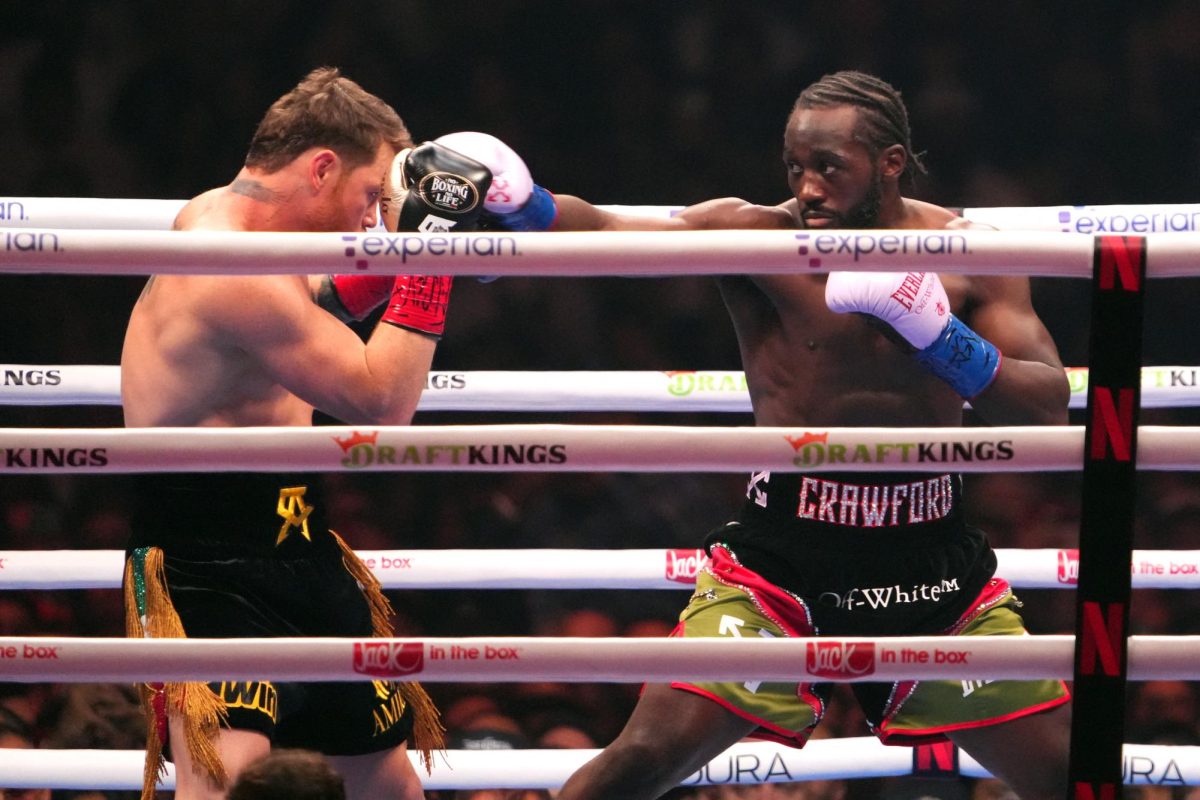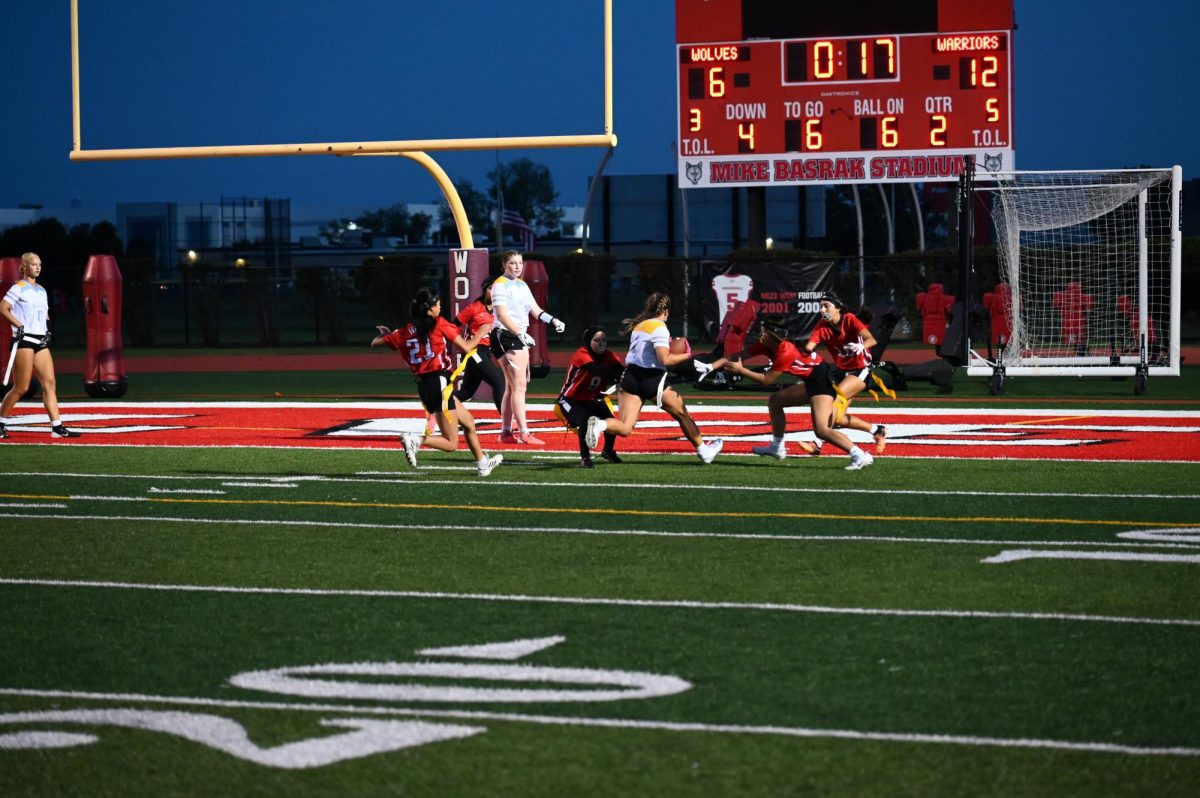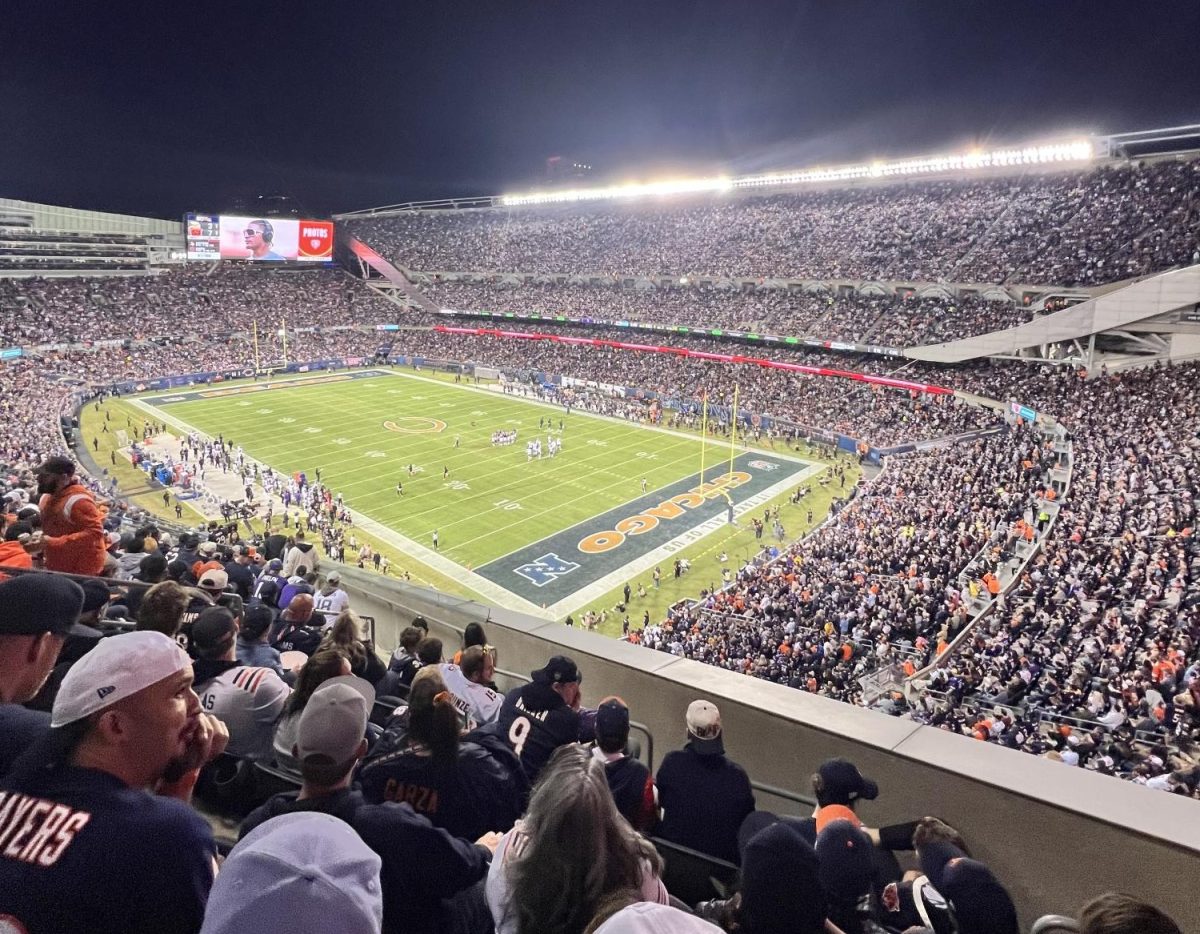The Indianapolis 500: The biggest race of the year for the racing world. On May 27, 2012, more than 30 cars and drivers will compete for the seemingly once-in-a-lifetime opportunity to win the crown jewel of auto racing. However, 585 miles away and approximately three hours after the completion of the race at the Brickyard, the longest race on the NASCAR circuit will take place.
For 600 grueling miles, the drivers racing in the Coca-Cola 600 at Charlotte Motor Speedway in Charlotte, North Carolina will experience heat of more than 120 degrees Fahrenheit, bonsai driving, and Kyle Busch. (If you know who he is, you know what I mean.)
Whenever any spectator at home watches a NASCAR event on TV, they don’t get to hear the full sound of 43 V-8 engines pounding the pavement or smell the tire smoke. Spectators also don’t feel anything the drivers will be feeling in the cars. All you see at home are different pans of the cars racing around the track and hear the voice of the excited broadcasters. This brings stereotypes to the sport of NASCAR, which provides people who know nothing about the sport to believe them as true facts.
One of the most well-known stereotypes is that NASCAR is not a sport, therefore making it easy to compete in. This came about because people think that driving a street-legal car is just as simple as driving a race car. Though truthfully, it takes a lot of skill to drive one, especially at the speeds they are going. Just because they are Toyota Camrys, Ford Fusions, Dodge Challengers, and Chevrolet Impalas doesn’t mean they drive like what you see on the street.
First, the cars are not built like and don’t drive like street-legal cars. They wobble around, can’t turn correctly, and need intense maintenance. However, that adds to the challenge of the sport. A NASCAR stock-car is a specially built 800 plus horsepower beast that can go more than 200 miles per hour. No street-legal Camry will ever be able to do that (unless you drop it out of a rocket ship). You also get no common comforts which you would find a street-legal car like air-conditioning, power windows, power seats, wind shield wipers, doors; the list goes on and on.
This stereotype also came about because the sport doesn’t involve running or throwing a ball; however, the G-forces a driver faces during a race is the same amount of force as taking a hit from an NFL lineman, but multiplied by the distance of any race.
According to dictionary.com, racing is an example of a sport: “An athletic activity requiring skill or physical prowess and often of a competitive nature, such as racing, baseball, tennis, golf, bowling, wrestling, boxing, hunting, fishing, etc.” All of the things a sport must have in order to be called a sport NASCAR has got. Physical prowess is the endurance and the strain the drivers must face during a race. If a driver is unhealthy or not physically fit, they are not allowed to participate in the sport. With every sport, in order to play professionally, you have to be good at two things: being physically fit and the sport itself. So, since NASCAR is in fact a sport, drivers have to be physically fit and able to drive the cars well.
Another stereotype is that NASCAR is a redneck sport; therefore, it is assumed only people from the south like NASCAR. It is also assumed that those same people from the south are poor and uneducated. The reason this stereotype exists is because of NASCAR’s roots. After World War II, car sales sky rocketed; however, once the people bought their cars, they would get bored of driving them just around town on the streets. So within neighborhoods, especially in the southeast, people raced each other on the back roads. At the same time, there was a large scale moonshine business in North Carolina, which was and still is illegal. The makers of the moonshine would hire people, or bootleggers, that owned modified cars, which at the time were very high performance, and had them drive the moonshine down to their clients. Eventually, cops found out what cars were transporting and pursued the drivers on their journey. Sometimes the drivers would outrun the cops, though not always. However, eventually the bootleggers wanted to challenge each other. They, along with other local drivers, raced on small half mile dirt tracks in the southeast, particularly in North Carolina, which became the early days of NASCAR. Out of those drivers, only the best got to race on the big “stages” in NASCAR.
Obviously, this stereotype is not true. According to the demographics of NASCAR fans from 2009, the majority of NASCAR fans do live in the south, but compared to the population in the rest of the country, the percentages are about the same. In fact, 17 of the 36 races are not held in the southern part of the United States. That’s about half of the races. The vast majority of fans are educated people between the ages of 18-44 making more than $50,000 dollars a year.
Yet another common misconception about NASCAR is that NASCAR is less entertaining than the Formula One Series. However, that is not true. In F1, even though the cars are going a lot faster than a NASCAR stock-car there is far less racing action and there are usually fewer cars in a race. In NASCAR, however, cars are constantly dueling for position over longer periods of time.
Which brings me to the final stereotype and possibly the most famous stereotype: NASCAR is boring because the cars go around ovals and only make left turns. As you see in the Formula One series, the race tracks are filled with left turns, right turns, and elevation changes. However, this does not allow for the type of racing seen in NASCAR. As I said before, in NASCAR, the racing is very close. This makes more it exciting. Cars are bumper to bumper almost constantly. Passes are made every lap. Unlike the F1 series where passes are made every so often and only a few people can contend for a win. Although the tri-oval style race track is a stock-car racing icon, there are two road courses (or tracks with left turns, right turns, and elevation changes) which adds to the fact that NASCAR is not just another left turn.
When looking at NASCAR as a whole, you begin to realize that NASCAR is not just a bunch of colorful cars driving around an oval for two or more hours, but it’s a sport that involves physical strain as well as mental strain in order to achieve the greatest prize at the end of the season: the championship. It is also truly team sport. From the engine builders at a race team’s shop, to the pit crew, to the driver, everyone must work together in order to have a successful season. NASCAR is a sport where the fans have a say in how the rules are written and where regular people own the teams that are supported by the best corporations this country has to offer.
For more information on NASCAR, go to www.nascar.com. For more information on the Coca-Cola 600 go to http://www.charlottemotorspeedway.com/.





